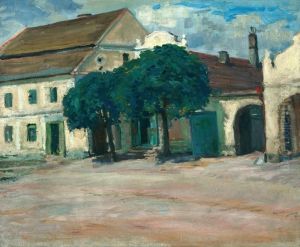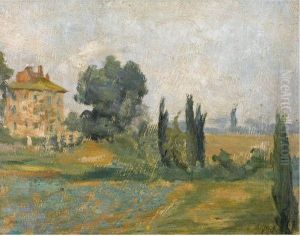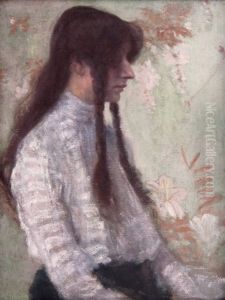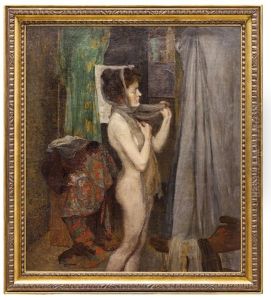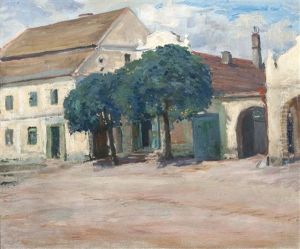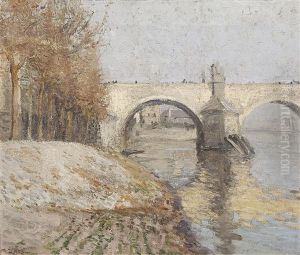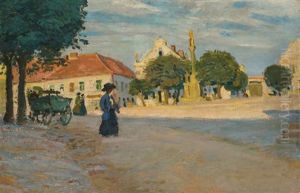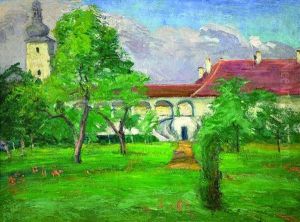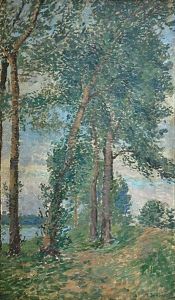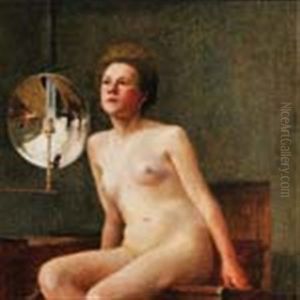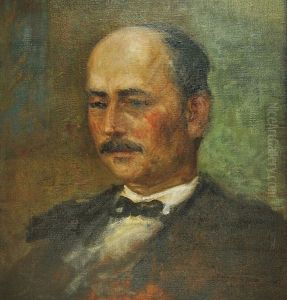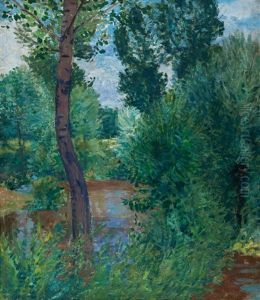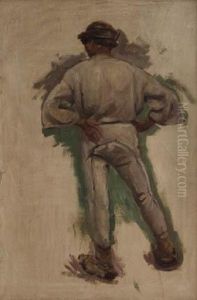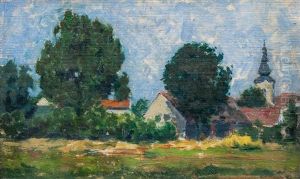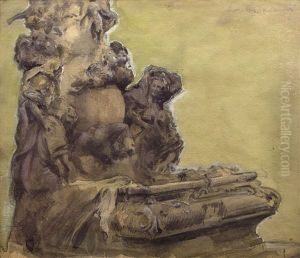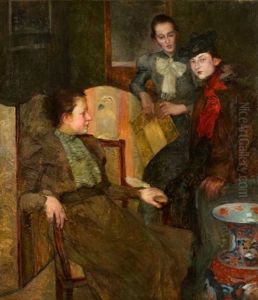Milos Jiranek Paintings
Miloš Jiranek was a significant figure in the world of Czech art, born in 1875 in Prague, then part of the Austro-Hungarian Empire. His work spanned across various artistic disciplines, including painting, art criticism, and his involvement in the modern art movements of his time, notably contributing to the development of Czech modern art at the turn of the 20th century. Jiranek's brief life, ending in 1911, was marked by his passionate engagement with the artistic currents that were transforming European art during this vibrant period.
Jiranek's education in art began in Prague, but his quest for artistic growth led him to further his studies in Munich, a pivotal center for art and culture in Europe at the time. His time in Munich exposed him to the Jugendstil movement, the German variant of Art Nouveau, which significantly influenced his artistic direction. Jiranek's style evolved over his career, initially rooted in the symbolism and decorative qualities of Jugendstil, but later moving towards a more expressive, even abstract, approach to painting. This evolution reflected broader changes in European art as it moved towards modernism.
Throughout his career, Jiranek was deeply involved in the intellectual and cultural debates of his time, contributing to various art journals and engaging with the artistic community in Prague and beyond. He was a proponent of modern art, advocating for a break from traditional academic constraints and encouraging the exploration of new forms, techniques, and ideas. His writings and lectures played a crucial role in shaping the discourse around modern art in the Czech lands, influencing a generation of artists and critics.
Jiranek's artistic legacy is not limited to his paintings; his role as an art critic and theorist was equally significant. His advocacy for modern art helped to establish a receptive environment for avant-garde movements in the Czech Republic, paving the way for future artists. Despite his early death at the age of 36, Jiranek's impact on Czech art was profound, leaving behind a body of work and a set of ideas that continued to inspire Czech artists and the broader art world in the decades following his passing.
